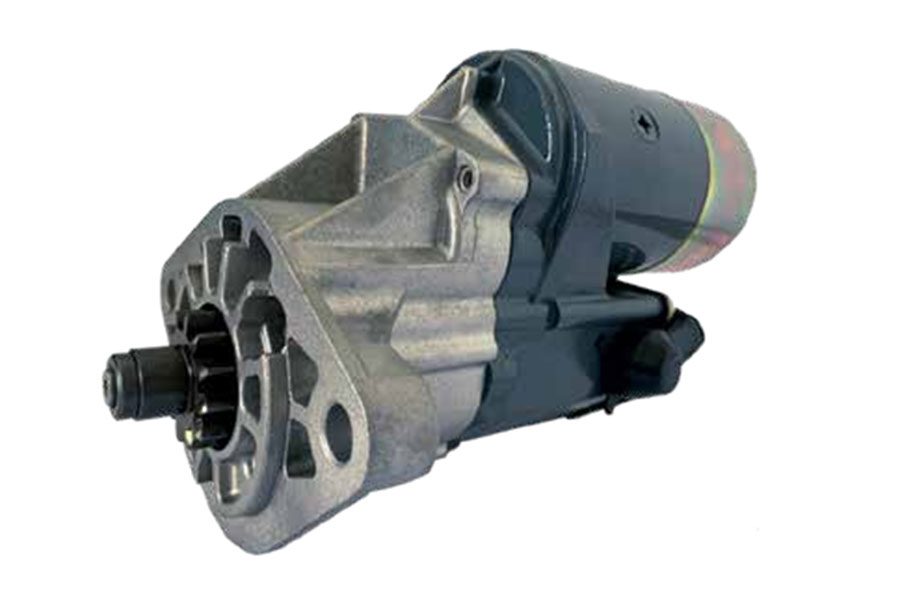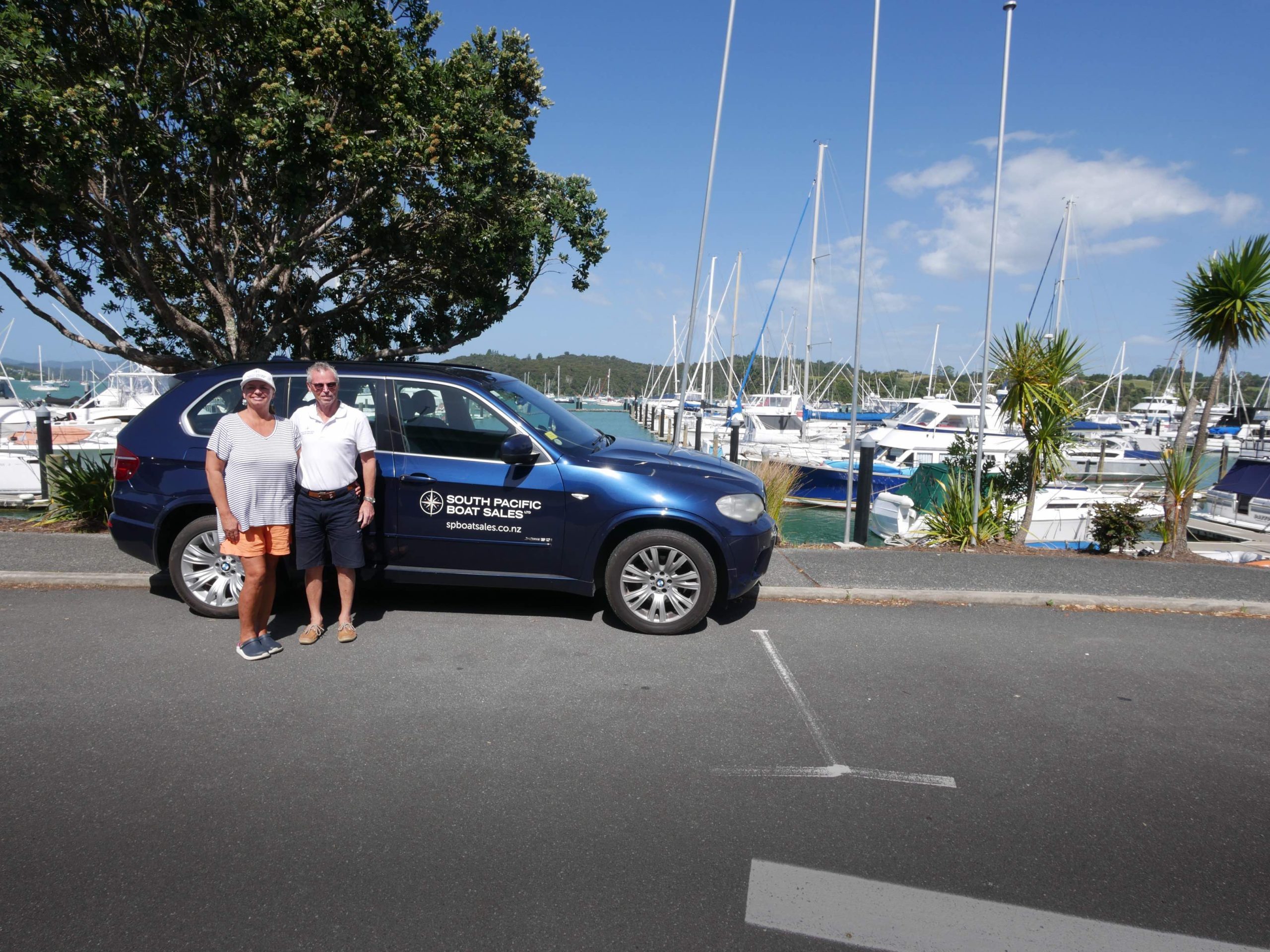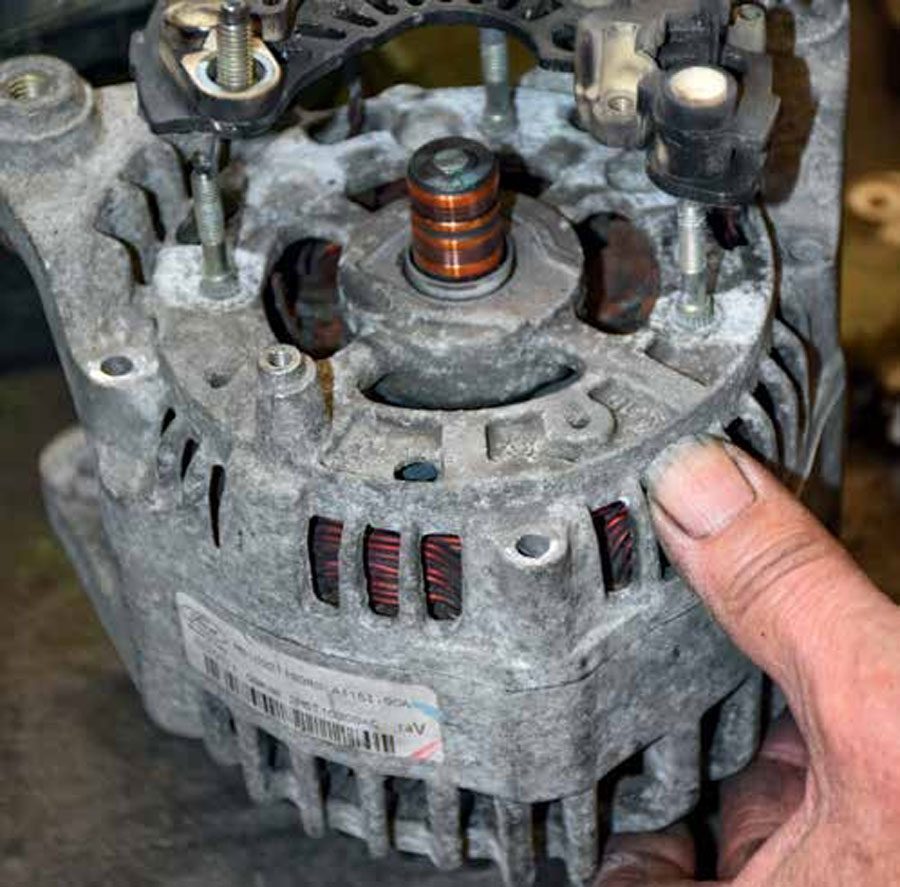

It is a really good idea to have a spare starter & alternator, especially if you only have one engine. Make the difference between a great day, or disaster and a Coastguard rescue! Nothing spoils summer’s first cruise quite like the hollow ‘click’ when you turn the key. Likely causes include a sickly alternator and/or starter motor. Auckland’s Auto Electrical Spares (AES) specialises in bringing these lonely, unloved items back to health.
“The start of the boating season is always a super-busy time for us,” says AES owner Ray Chilcott. “Boats have lain dormant over winter and while their batteries might appear fully charged, the other components in the ‘start-up equation’ probably haven’t received any TLC.
“Electrical components don’t enjoy the marine environment and can be affected by corrosion. Which is why alternators and starter motors often fail after months of inaction. And then the calls begin.”
The company’s been around for more than 20 years, and while the name suggests an auto-electrical focus, the marine market’s thriving. “We brand ourselves as ‘can-do-solution-providers’ – and it’s fair to say word-of-mouth has driven our marine growth.
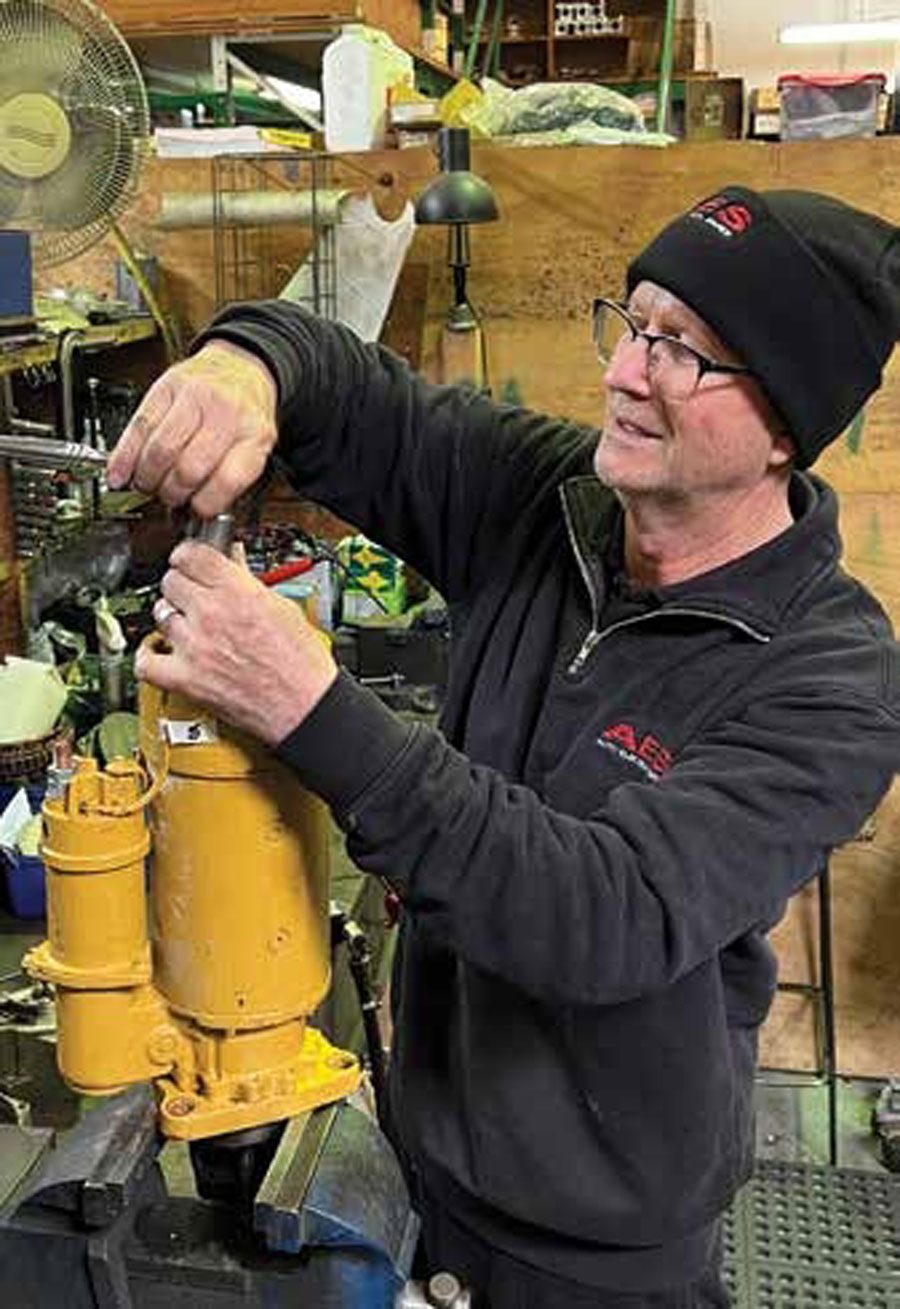
“We pride ourselves on finding a solution for virtually any alternator or starter motor – whether it’s servicing, repairing, or replacing. We’ll sort it. Between them our three workshop engineers have half a century of experience – they’re not easily stumped!” In many cases the ailing units simply need a service – new brushes and bearings – or maybe just a thorough clean. “But corrosion often ‘fries’ the electronics in these components,” says Ray, “and that might require a rebuild – replacing rectifiers, perhaps the stator and rotor – or a starter motor’s drive assembly and solenoid. Depending on the damage it might be easier – it’s certainly a lot quicker – to replace the entire unit.
“If replacement is the best solution, it could be a good opportunity to upgrade to a higher-output alternator – say a 120-amp model rather the original 80-amp unit – or even a second alternator. Unlike with cars, boaties are typically charging two, separate banks of batteries from a single alternator. And because many boat owners unwittingly increase the load on the batteries – more lights, stereo systems, a TV, chartplotters – even an inverter, the batteries need additional charging help.”
Some repairs demand a different approach. “We also service starters for new and old Gardner diesels, typically the SL5, U6s and CAV Torpedoes. Replacement spares are hard to find for these units and so they must be rebuilt or re-engineered. In addition, while alternators are standard on all modern marine engines and most can be replaced, in some cases older alternators are not replaceable and the repair could involve rewiring the stators or rotors for example. It’s not a cheap option, but it’s certainly a cost-effective solution if replacement parts cannot be sourced easily.”
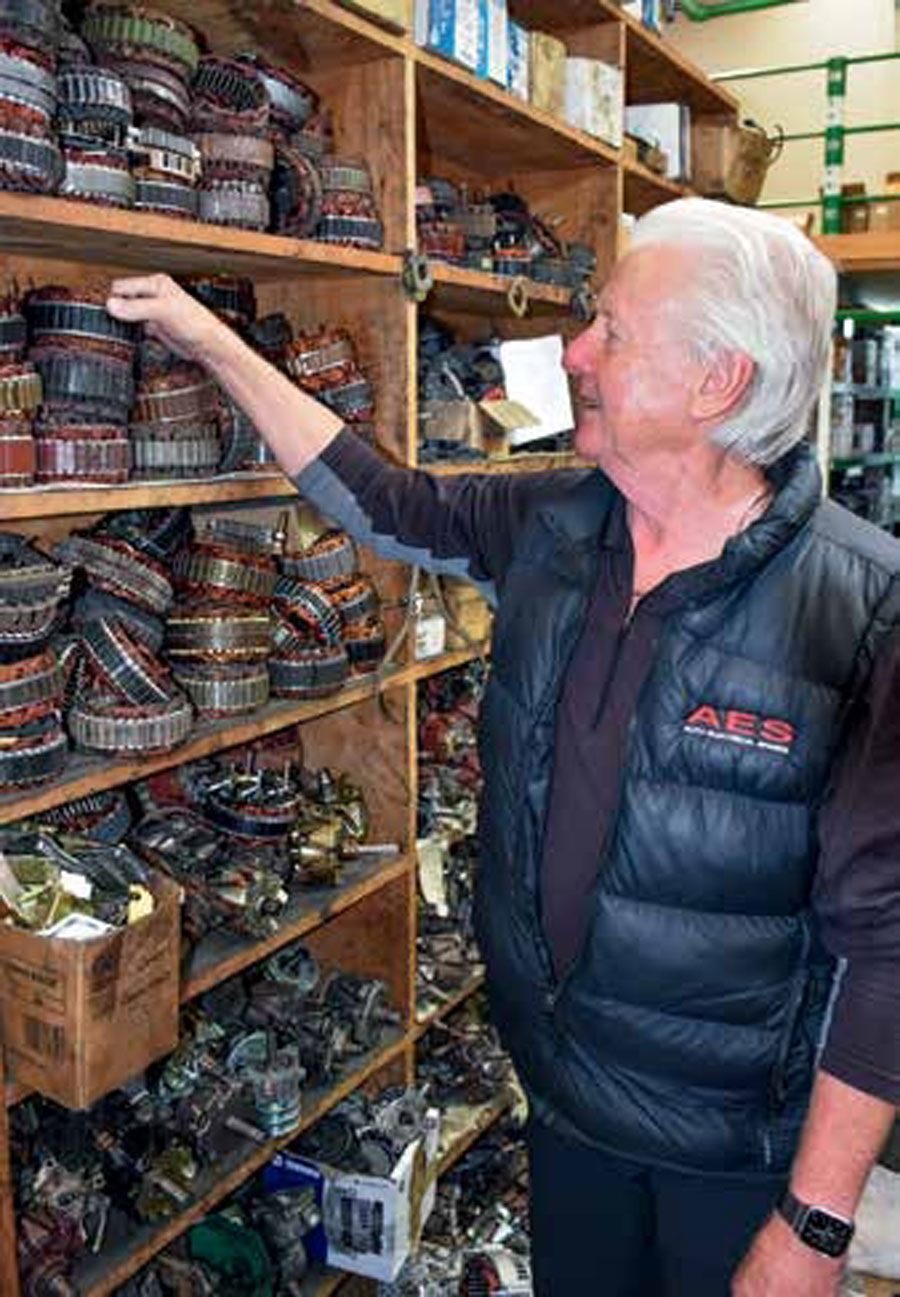
DIY Maintenance
Like many things on a boat, alternators and starter motors are out-of-sight and out-of-mind – owners rarely look at them. Basic care, says Ray, “includes regularly cleaning the cable contact points on the units. Undo these and clean any corrosion – it’s a real killer which causes ‘voltage drop’ and compromises current flow. Also make sure you have an appropriate ‘ribbed’ belt and that its tension is correct. A good strategy to keep corrosion at bay is a ‘soft seal’ spray – applying it around the starter motor does wonders.
“If the units are under-performing it might be worth taking them off the engine and bringing them in for a service. That ensures a season of troublefree boating.”

